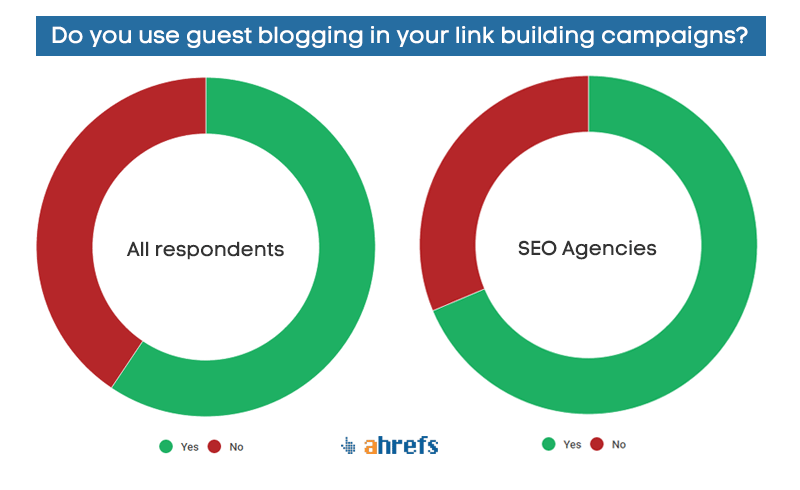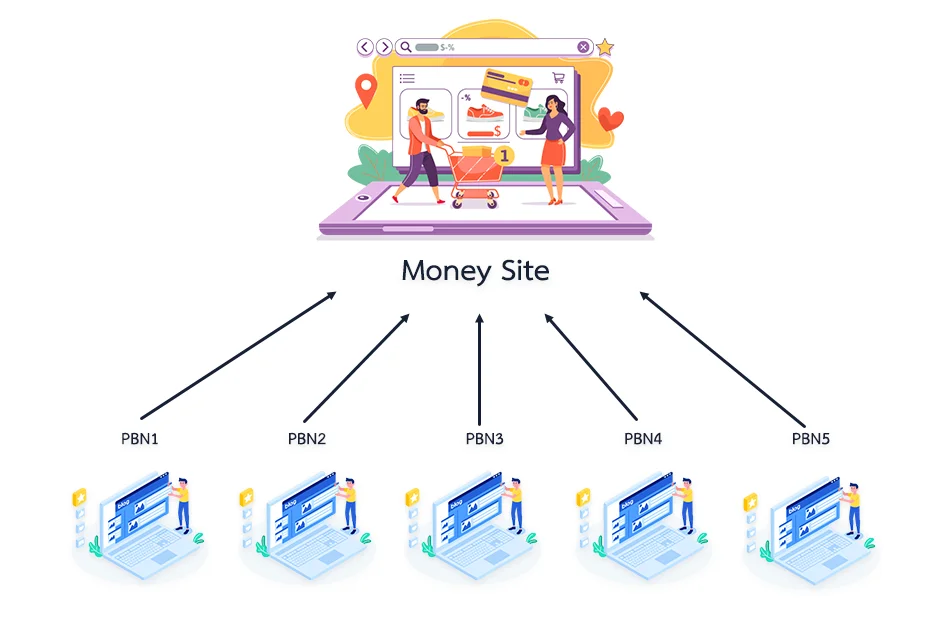All Categories
Featured
Table of Contents
- – How Do I Find A Semantic Seo Checklist Service?
- – What Is The Premier Semantic Seo Techniques Co...
- – What Is The Most Affordable Semantic Seo Tuto...
- – How Do I Find A Semantic Seo Analysis Service?
- – Top Semantic Seo Content Analysis Store Near...
- – A Better Semantic Seo Vs Traditional Seo?
- – What Is The Most Reliable Semantic Keywords ...
The web is altering, ending up being an increasing number of semantic. Search engine optimization is likewise altering and becoming much more semantic. This is due to the fact that internet search engine have actually developed and are moving a growing number of towards reviewing web content on the internet. Certainly, that has actually additionally altered the means we create web content, especially if we wish to rate better in the internet search engine.
Intertwingularity is not usually acknowledged, people maintain pretending they can make points deeply ordered, categorizable and consecutive when they can not. Based on the connections in between search intentions, the search engine likes a web content in placing by calculating the range between the vectors of meaning.
It permits you to see, starting from a topic, all the entities that relate to that topic. In this manner you can clearly see which entities/concepts/ideas have currently been covered on your internet site, and you can uncover new possibilities by comprehending what web content you can add and how to develop it.
How Do I Find A Semantic Seo Checklist Service?
It has the ability to make your content easy to understand for online search engine on the one hand and for your target market on the various other. Structuring your content design highlights your content and its hidden connections to make sure that online search engine can identify you amongst hundreds of items of information, making you much more noticeable to customers who meet the search intent pertaining to your business.
In semantic SEO copywriting, an editor begins from a more comprehensive variety of topics and tailors the content to include semantically appropriate terms and phrases that assist readers understand a subject, similar to checking out web content in a wiki. From a content writing viewpoint, one sensible method to do this is to produce a vocabulary of terms and concerns surrounding your target topic.
What Is The Premier Semantic Seo Techniques Company?
Discover extra regarding by viewing the by!.

Semantic search describes the process of how search engines comprehend and match key phrases to a searcher's intent in organic search engine result. Prior to semantic search, online search engine like Google operated like matchmakersaligning details words in your query with those specific words on webpages. The outcomes were straightforward yet commonly lacked deepness.
What Is The Most Affordable Semantic Seo Tutorials Deal
It allows Google to use quick, exact response to browse inquiries about real-world subjects. When you kind a question word into Google, you're not simply getting in a sequence of words. You use an intricate internet of meanings and connections. Google's Knowledge Graph sees these words as entities with context and connections.
When you search for "Apple," Google does not just see a word that describes a fruit. It acknowledges Apple as a firm and can give relevant info. It was Google's solution to the surge of voice searches, where queries became more conversational and nuanced.
How Do I Find A Semantic Seo Analysis Service?
By incorporating NLP, Hummingbird permitted Google to move past mere keyword matching. It assisted the internet search engine comprehend search intent, enhancing the probabilities that results would properly match the factor behind a user's search. As the 3rd crucial ranking factor after material and links, RankBrain has enhanced Google's semantic search abilities to comprehend the definition of search inquiries.
RankBrain is an artificial intelligence system that helps Google interpret questions it hasn't seen before. It can make guesses about words and phrases it doesn't identify and filter results appropriately. Making it much more reliable at dealing with never-before-seen search inquiries. RankBrain considers greater than just search phrases when evaluating a search inquiry.
So it brings outcomes that match the search phrases and align with the general intent of supplying puppy training recommendations. And if the customer frequently looks for dog-related content, Google might focus on much more in-depth training guidesrecognizing the customer's continuous rate of interest in the subject. Incorporating innovations like the Knowledge Graph, Hummingbird, and RankBrain, semantic search assists the Google formula translate and link data across a large web of info.
Top Semantic Seo Content Analysis Store Near Me
The focus shifts from keyword choice to an all natural technique incorporating customer intent, topical importance, and overall user experience. Creating web content that attends to the searcher's demands with detailed information can boost your SERP positions. Below, we describe the fads and practices that settle the demand for semantically informed material. Later on, we offer actionable pointers to turn these insights right into ideal methods.
And kind of web content can best satisfy their demands. A wider strategy to material aligns better with semantic search's change away from precise keyword phrase matching and toward individual intent. Which discusses the increased concentrate on subject collections, as opposed to specific key words. Material that covers search questions better not only satisfies users.
UX aims to create a visually appealing, easy to use user interface with appealing, quality material that encourages visitors to remain. Semantic search technology allows search engines to intend for outcomes that give the ideal feasible UX.
A Better Semantic Seo Vs Traditional Seo?

All showcase Google's ability to attend to a topic inquiry thoroughly. By recognizing the context and intent behind individual questions, search engines can supply much more relevant information and possibly enhance individual involvement. Personalization in search results page makes for far better UX.Based on your previous search background and preferences as a user, semantic search aids online search engine tailor the results to match your unique needs and passions.
It brings results that match the keywords and straighten with the total intent of offering young puppy training recommendations. And if the individual often looks for dog-related content, Google may prioritize a lot more comprehensive training guidesrecognizing the individual's recurring passion in the subject. Combining innovations like the Knowledge Chart, Hummingbird, and RankBrain, semantic search assists the Google algorithm translate and connect data throughout a large internet of info.
What Is The Most Reliable Semantic Keywords To Get
The focus shifts from keyword option to a holistic technique encompassing individual intent, topical relevance, and overall individual experience. Developing content that addresses the searcher's needs with thorough details can enhance your SERP rankings. Below, we lay out the patterns and methods that combine the requirement for semantically educated web content. Later, we give workable pointers to transform these understandings into ideal methods.

A more comprehensive technique to content aligns much better with semantic search's shift away from precise keyword matching and towards customer intent. Content that covers search queries a lot more thoroughly not just satisfies users.
UX intends to produce a visually appealing, easy to use interface with engaging, high quality material that urges site visitors to remain. Semantic search modern technology allows search engines to aim for results that provide the finest feasible UX.
All showcase Google's capacity to resolve a subject inquiry thoroughly. By understanding the context and intent behind customer queries, online search engine can provide a lot more appropriate details and potentially increase customer engagement. Personalization in search engine result creates much better UX.Based on your past search background and preferences as a customer, semantic search assists search engines tailor the results to suit your unique requirements and interests.
Table of Contents
- – How Do I Find A Semantic Seo Checklist Service?
- – What Is The Premier Semantic Seo Techniques Co...
- – What Is The Most Affordable Semantic Seo Tuto...
- – How Do I Find A Semantic Seo Analysis Service?
- – Top Semantic Seo Content Analysis Store Near...
- – A Better Semantic Seo Vs Traditional Seo?
- – What Is The Most Reliable Semantic Keywords ...
Latest Posts
When Are The Top Semantic Search Engine Optimization Sales
What Is The Premier Semantic Search Algorithms Company
Who Is The Top-Rated Semantic Search Optimization Provider
More
Latest Posts
When Are The Top Semantic Search Engine Optimization Sales
What Is The Premier Semantic Search Algorithms Company
Who Is The Top-Rated Semantic Search Optimization Provider